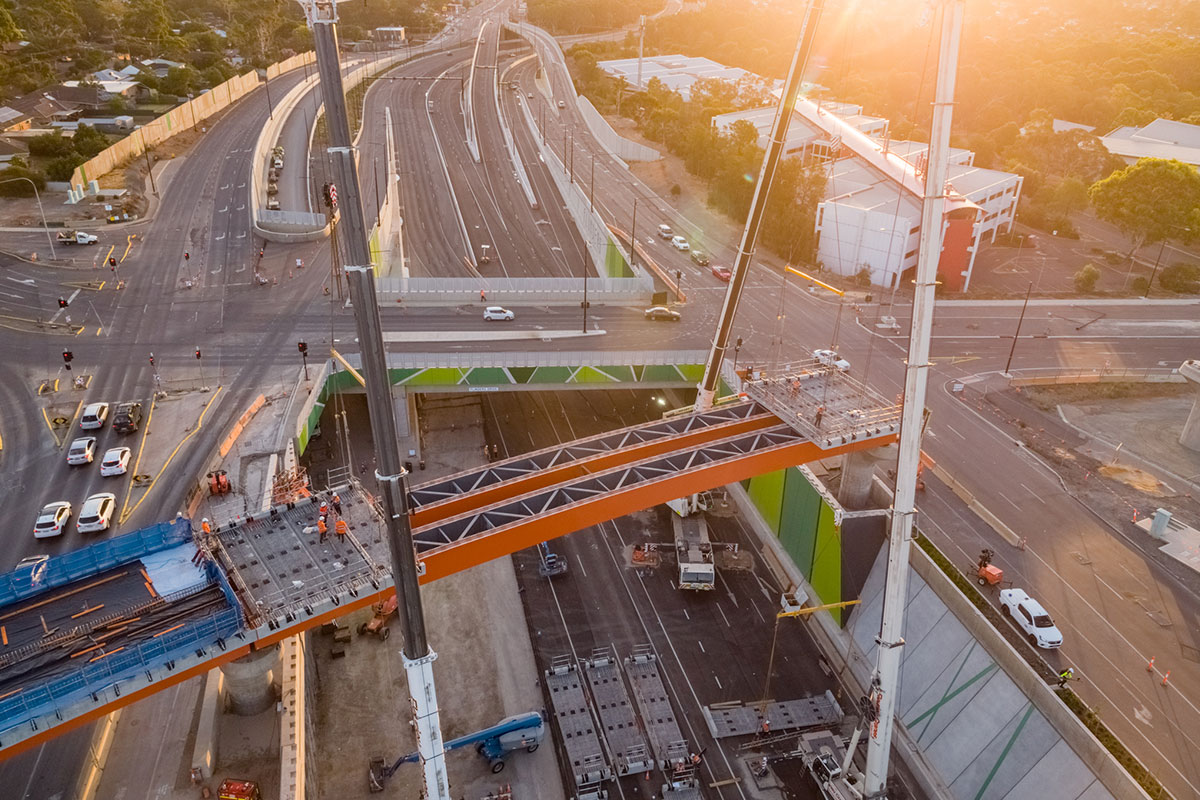
If you were to take a look at the news at the moment, the sky is on the verge of falling.
There’s talk of the recurrence of the stagflation of the 70s and whispers of the ‘R’ word. Global supply chains continue to be challenged, unrest in the Ukraine and geopolitical rumblings are ongoing.
It is true that inflation is on the up, interest rates are too (there was no other way for them to go), commodity prices, generally, are on the rise, energy supply is a hot topic of debate and there’s a shortage of skilled trades.
But we should not conflate these factors unnecessarily. There are challenges and speedbumps for sure, as the global economy navigates its way out of the unprecedented waters of the pandemic, but by completing this paint by numbers picture in shades of doom and gloom grey, we risk a quick trip down a path to a self-fulfilling prophecy.
Some perspective and a reality check is needed. Because there is evidence of and cause for measured optimism, particularly for businesses in the metals, building and construction industries.
Infrastructure pipeline is healthy
Whether planned infrastructure is slowed or delayed, the fact remains the infrastructure project pipeline both here and abroad is robust.
Governments in developed countries know it’s a lever to economic repair as we pull ourselves out of the past 24-months of pandemic-induced economic sluggishness.
Transport industry infrastructure projects in Australia alone over the next five years total more than $340 billion. In the US, we can see four years of cumulative spend increases on infrastructure proposals, and multi-year growth in steel demand within the construction sector.
At the recent G7 Summit, global leaders formally launched the Partnership for Global Infrastructure and Investment to deliver projects that close the infrastructure gap in developing countries and strengthen the global economy and supply chains. Together with G7 partners, the aim is to mobilise $600 billion in global infrastructure investments by 2027.
Our order books remain fully booked and our team is working hard to find ways to produce and deliver more steel to meet the demand.
International travel will see gradual lift in construction and residential
Projections indicate migration will rise to pre-pandemic levels somewhere over the next three years. The opening of borders and increased international travel brings with it many benefits, including overseas skilled labour to fill critical shortage areas and a return of international students.
With increased international arrivals we can expect to see demand for medium and high-density housing start to rise.
In the meantime, the cooling of new standalone dwelling commencements is offset by the continued robustness of home renovations. Latest HIA Economics forecasts indicate a sustained boom in renovations activity.
Sustainability challenge is an opportunity for lasting change
The move to sustainability at all levels provides opportunities for heavy industry to reinvent itself. The market, public – in fact all stakeholders – are demanding it.
The decarbonisation of the steel industry is both well and truly underway and a necessity to ensure a better and brighter future for generations to follow.
The market appetite for high strength, low carbon embodied steel is only increasing. Customers and consumer expectations alike have increased when it comes to minimising overall carbon footprint and emissions.
It’s clear that the demand for lower carbon steel and rising demand for greener approaches has created an environment for the steel industry to accelerate its transition to a greener, cleaner future. Equally important are other key ESG metrics related to issues of modern slavery.
At InfraBuild, we’re well positioned and well on our sustainability journey as outlined in our most recent Sustainability Report. We’re exploring alternatives to our energy contracts, including the shift to renewables to make our lower-carbon embodied EAF-manufactured steel even more sustainable.
Given what we’ve all collectively weathered over the past three years, I’m choosing to see the positives and opportunities we have before us, rather than focus on the speedbumps we might experience along the way.
Regards,
Vik
Vik Bansal
CEO and Managing Director InfraBuild
Please contact us for any feedback or media enquiries about this content.
Subscribe to the
InfraBuild newsletter
Receive regular updates on news, case studies as well as the latest products and services.
